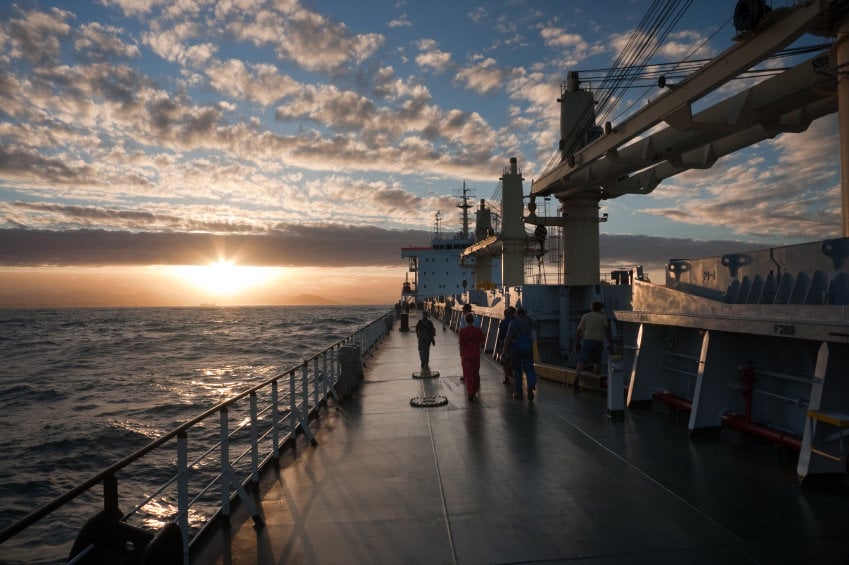Trans-Pacific Partnership (TPP) is an agreement between 12 Asia-Pacific countries that will, in theory, open markets, set high-standard trade rules, and look into how to solve global economic issues of the 21st century. The countries currently in the negotiations are Australia, Brunei Darussalam, Canada, Chile, Japan, Malaysia, Mexico, New Zealand, Peru, Singapore, Vietnam, and the United States. The prevailing goal of the TPP is to promote jobs and growth in the United States as well as across the Asia-Pacific region.
 According to the Obama Administration, it is pursuing TPP to create job opportunities and wage growth for American manufacturers, workers, service providers, farmers, and ranchers. According to the Administration’s website, the goal is to ensure that TPP will be a comprehensive deal, providing new and meaningful market access for goods and services; strong and enforceable labor standards and environmental commitments; groundbreaking new rules designed to ensure fair competition between state-owned enterprises (SOEs) and private companies; commitments that will improve the transparency and consistency of the regulatory environment to make it easier for small- and medium-sized businesses to operate across the region; a robust intellectual property (IP) rights framework to promote innovation, while supporting access to innovative and generic medicines and an open Internet; and obligations that will promote a thriving digital economy, including new rules to ensure the free flow of data.
According to the Obama Administration, it is pursuing TPP to create job opportunities and wage growth for American manufacturers, workers, service providers, farmers, and ranchers. According to the Administration’s website, the goal is to ensure that TPP will be a comprehensive deal, providing new and meaningful market access for goods and services; strong and enforceable labor standards and environmental commitments; groundbreaking new rules designed to ensure fair competition between state-owned enterprises (SOEs) and private companies; commitments that will improve the transparency and consistency of the regulatory environment to make it easier for small- and medium-sized businesses to operate across the region; a robust intellectual property (IP) rights framework to promote innovation, while supporting access to innovative and generic medicines and an open Internet; and obligations that will promote a thriving digital economy, including new rules to ensure the free flow of data.
However, opponents claim that the TPP is a massive, controversial “free trade” agreement being pushed by big corporations and negotiated behind closed doors by officials. According to various groups, The TPP would essentially expand the North American Free Trade Agreement (NAFTA) “trade” pact model that has spurred massive U.S. trade deficits and job loss, downward pressure on wages, unprecedented levels of inequality, and new floods of agricultural imports. The TPP not only replicate, but expand NAFTA’s special protections for firms that offshore U.S. jobs.
 Although it is called a “free trade” agreement, the TPP is not really about trade. Of TPP’s 29 draft chapters, only five deal with traditional trade issues. One chapter would provide incentives to offshore jobs to low-wage countries. Many would impose limits on government policies that we rely on in our daily lives for safe food, a clean environment, and more. Our domestic federal, state, and local policies would be required to comply with TPP rules.
Although it is called a “free trade” agreement, the TPP is not really about trade. Of TPP’s 29 draft chapters, only five deal with traditional trade issues. One chapter would provide incentives to offshore jobs to low-wage countries. Many would impose limits on government policies that we rely on in our daily lives for safe food, a clean environment, and more. Our domestic federal, state, and local policies would be required to comply with TPP rules.
The public is not allowed to see the draft TPP. Even members of Congress, after being denied the text for years, are now only provided limited access. Meanwhile, more than 500 official corporate “trade advisors” have special access. The TPP has been under negotiation for six years, and the Obama administration wants to sign the deal this year. Opposition to the TPP is growing at home and in many of the other countries involved.




